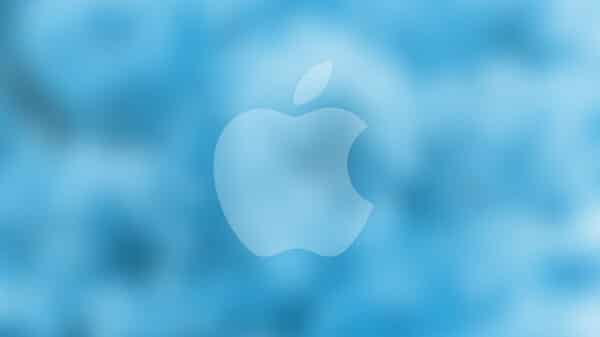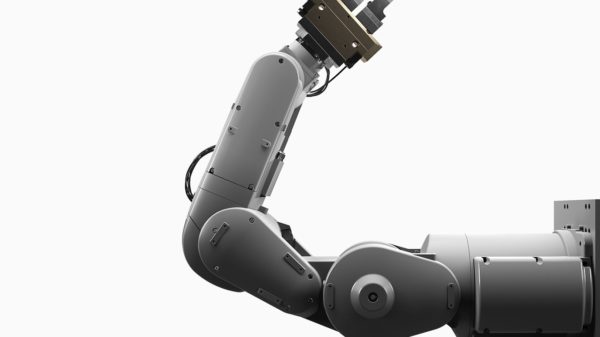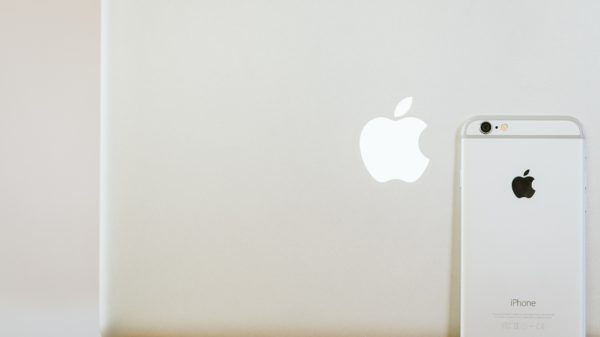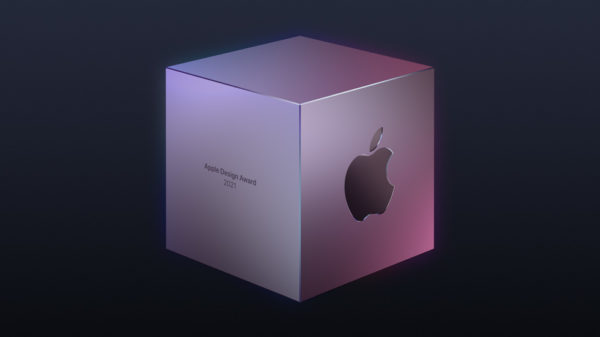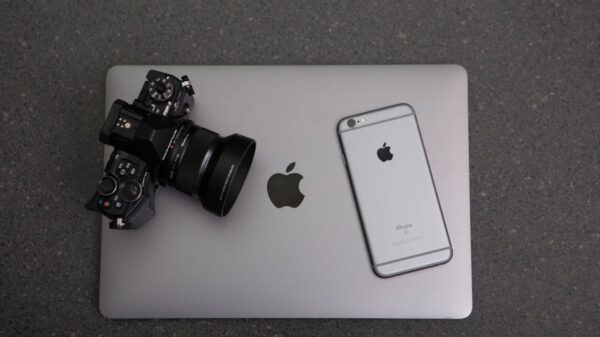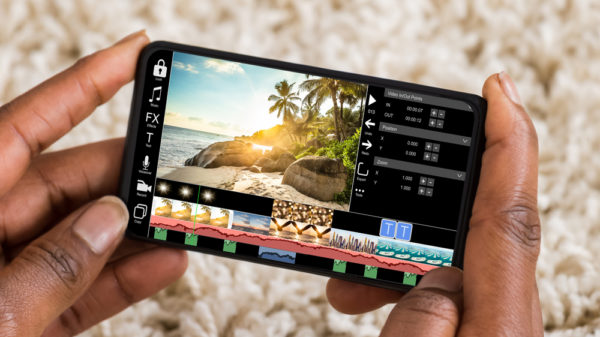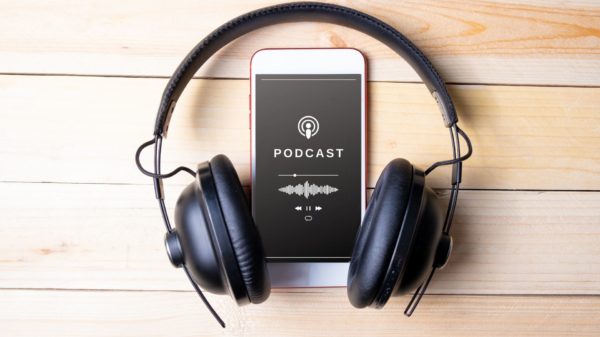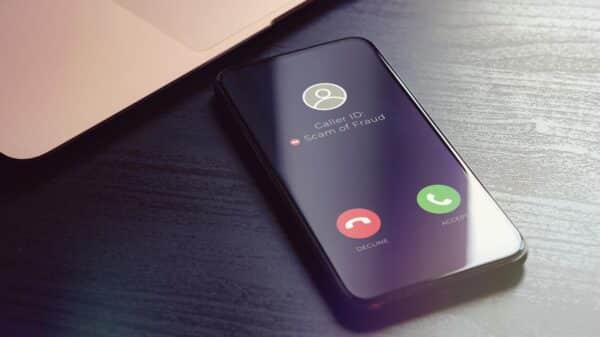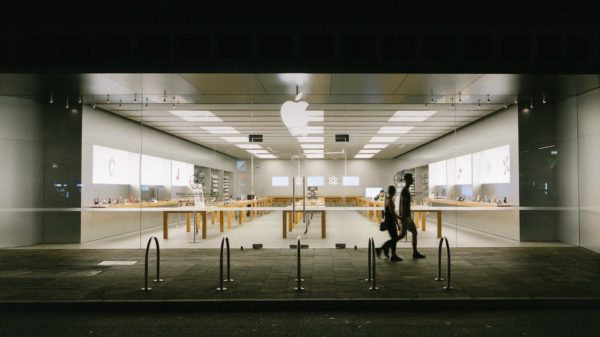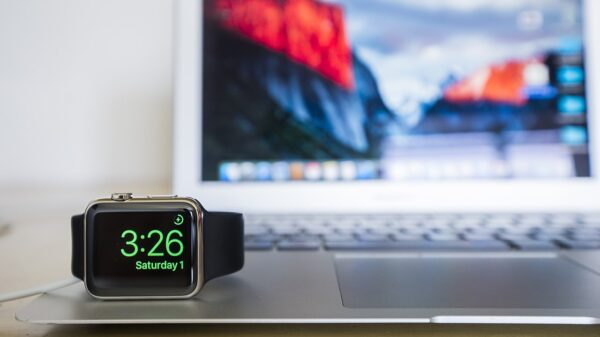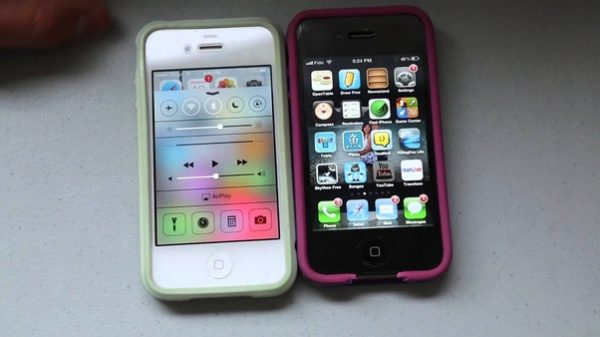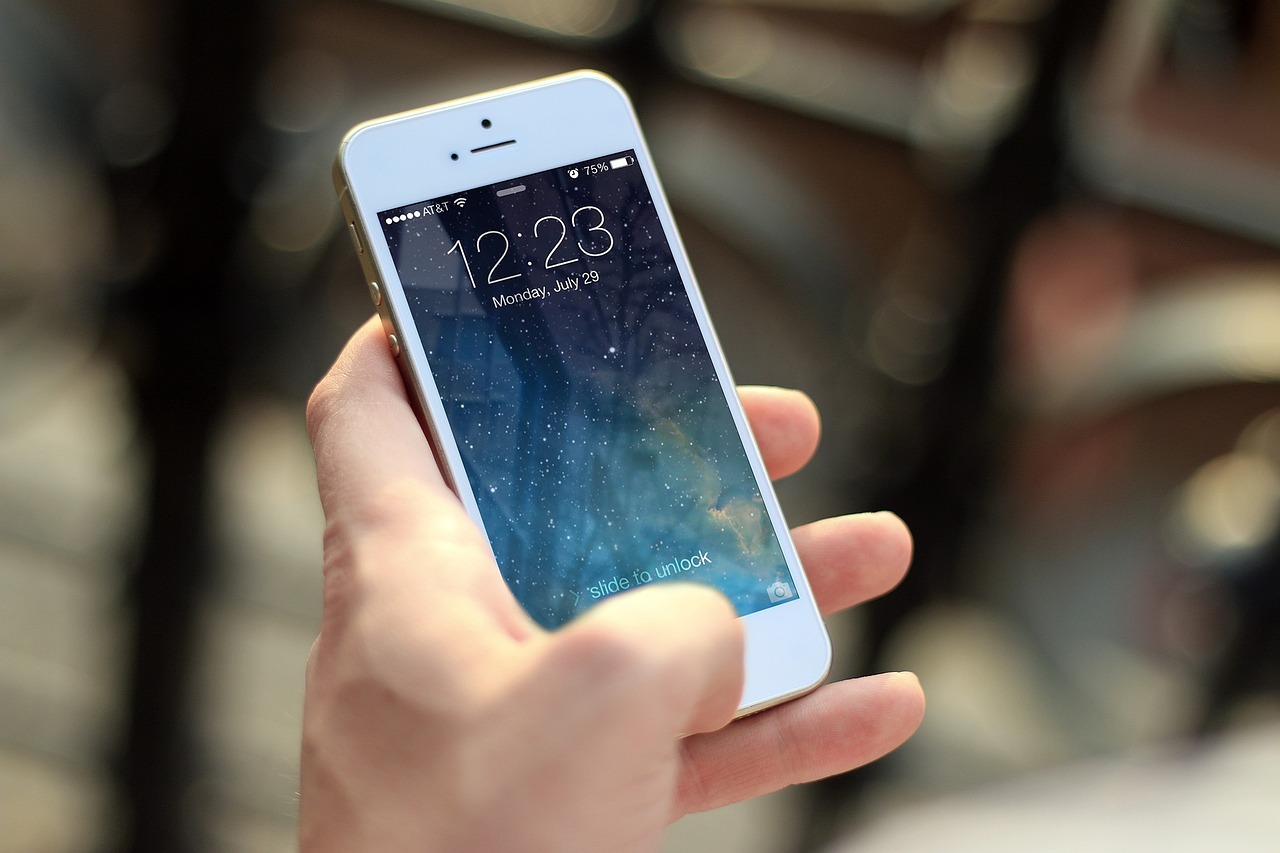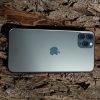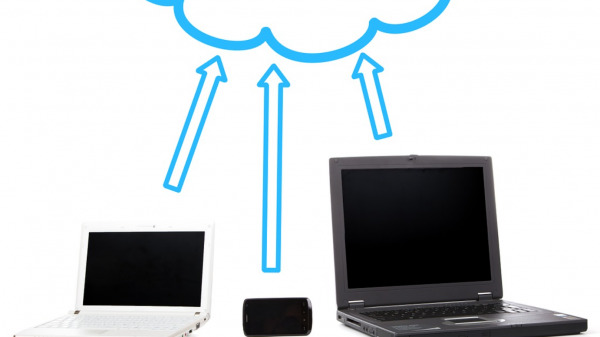It’s an ongoing debate in the technology world concerning the pricing of iPhones and Samsung smartphones. Historically, iPhones have been inarguably more expensive than Samsung devices. But, why are iPhones more expensive than Samsung? What causes this? This article will delve into the matter, dissecting various elements shaping their prices.
History of iPhone and Samsung Prices
To fully grasp the landscape of smartphone pricing, one must delve into the history of how iPhone and Samsung have priced their offerings over time. This historical perspective sheds light on the trends and strategies that have brought us to the present-day pricing models.
Apple’s pioneering iPhone, which made its debut in 2007, entered the market with a retail price of $499 for the base 4GB model. This initial price set a benchmark for smartphones, positioning the iPhone as a premium device. Over the years, with each successive launch, the base price of new iPhone models has seen a consistent upward trajectory. The enhancements in technology, features, and design with each new iteration have justified these price increments in the eyes of many consumers. For instance, the introduction of the iPhone 12 Pro Max, with its advanced camera systems and cutting-edge processing capabilities, commanded a starting price of approximately $1099, reflecting the significant advancements over its predecessors.
In the Samsung camp, the pricing journey tells a different story. Due to their extensive range of models, Samsung’s pricing has demonstrated considerable diversity. High-end models in the Galaxy S series, designed to compete directly with the iPhone, come with price tags that rival or sometimes exceed those of their Apple counterparts. However, Samsung has also strategically positioned itself in the mid-range and budget segments, offering devices that provide competitive features at a lower cost. This has allowed Samsung to address a wider market segment, appealing to a broader spectrum of consumers with varying budgets.
The Value Proposition
When examining the reasons behind the pricing structures of iPhones and Samsung phones, the core value proposition each brand offers becomes apparent.
Apple’s iPhones have consistently been synonymous with high-quality construction, top-of-the-line materials, seamless integration between software and hardware, and a heavy emphasis on user security and privacy. The Apple ecosystem is highly curated, offering users a unified and streamlined experience across all devices. This level of integration and the commitment to an uncompromised user experience have contributed to the premium pricing of iPhones.
Samsung, on the other hand, presents a value proposition that emphasizes variety and technological innovation. Samsung caters to a full spectrum of users, from those seeking entry-level devices to tech enthusiasts looking for the latest and greatest features. Their devices often include cutting-edge technologies, such as foldable screens and advanced photography capabilities, soon after they are developed. Samsung’s software, known for its flexibility and customization options, appeals to users who value personalization.
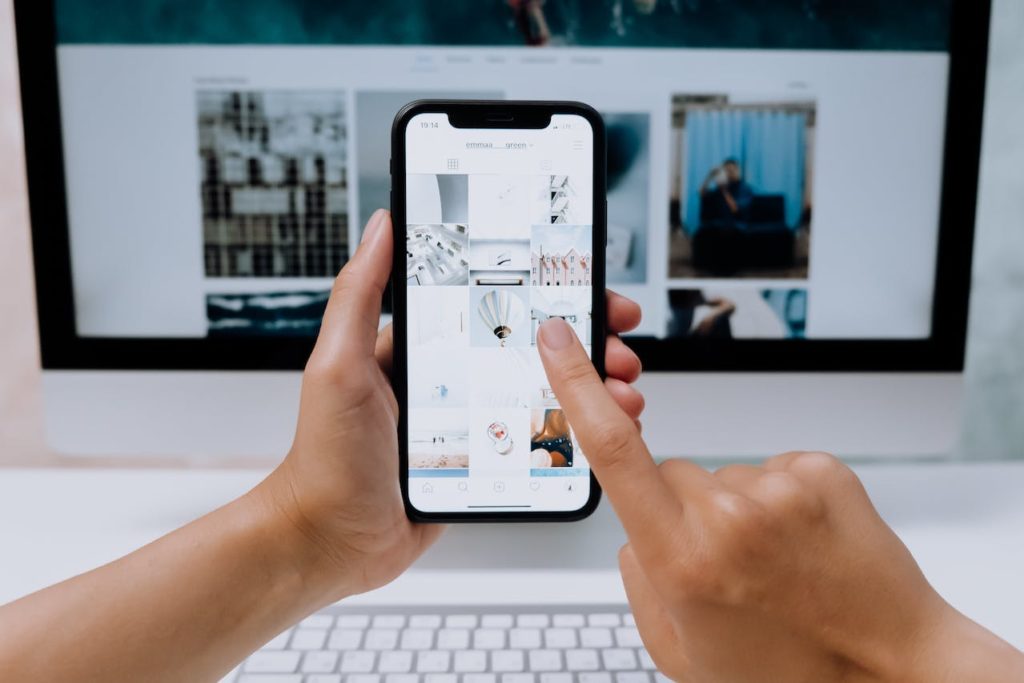
Pricing Strategy
The pricing strategies of Apple and Samsung align with the distinct value propositions each brand upholds.
Apple’s approach to pricing has remained consistent with its brand positioning. They aspire to associate their products with luxury, cutting-edge innovation, and a dependable ecosystem, leading to a premium pricing model. This strategy has not wavered significantly over time, despite the increasing cost of the technology. The premium price is part of Apple’s brand identity, signifying quality and exclusivity.
Samsung’s pricing strategy, reflective of its product lineup’s diversity, spans across the pricing spectrum. By offering products at various price points, Samsung is accessible to a wide range of customers, from those on a budget to those willing to invest in high-end devices. This flexibility has allowed Samsung to establish a strong presence in both emerging markets and in competition with premium smartphones. The strategy is an inherent part of Samsung’s brand, which aims to provide innovative technology to as many users as possible.
Brand Perception and Loyalty
Brand perception is a pivotal aspect when it comes to setting and understanding price points within the smartphone market. Apple has meticulously crafted its image as a luxury brand, one that symbolizes not just technological excellence but also prestige. As a result, it has cultivated a devoted following—a group of consumers who see value beyond the gadgetry, in the cachet that comes with owning an iPhone. The allure of Apple products extends beyond their functionality; they serve as a status symbol, a marker of taste and economic standing. This perception has enabled Apple to command high prices, tapping into the consumer’s desire to affiliate with exclusivity and luxury.
On the other side of the spectrum, Samsung has cast a wider net, establishing itself as a multifaceted brand that appeals to a diverse audience. Their approach has been to build customer loyalty through versatility, offering products that range from entry-level to premium, thereby attracting various segments of the market. They have recognized that customer loyalty stems not only from product quality but also from product diversity, catering to the unique needs and financial capabilities of different consumers. This strategy of diversity and inclusion has allowed Samsung to maintain a competitive edge and a broad, loyal customer base.
The Cost of Components and Manufacturing Process
Diving deeper into the economics of smartphone pricing, we encounter the significant influence of the costs associated with components and manufacturing processes. iPhones are known for their inclusion of high-end, expensive components, especially their premium, high-resolution displays and advanced processors. These components are sourced at a high cost which, naturally, is reflected in the product’s final retail price. Moreover, Apple’s commitment to precision and a high standard of quality in their manufacturing process imposes additional costs. These meticulous standards, while ensuring a superior product, also contribute to the overall higher price tag when the device hits the shelves.
Contrarily, Samsung’s diverse range of smartphones incorporates a variety of component quality levels. This variation is directly tied to their multi-tiered product range, which is designed to meet an expansive array of price points. By strategically using components that align with the intended market segment for each model, Samsung can effectively control and often reduce manufacturing costs. This cost-effective component strategy permits them to offer products that are more economically priced, especially in comparison to Apple’s uniform approach to high-cost parts.
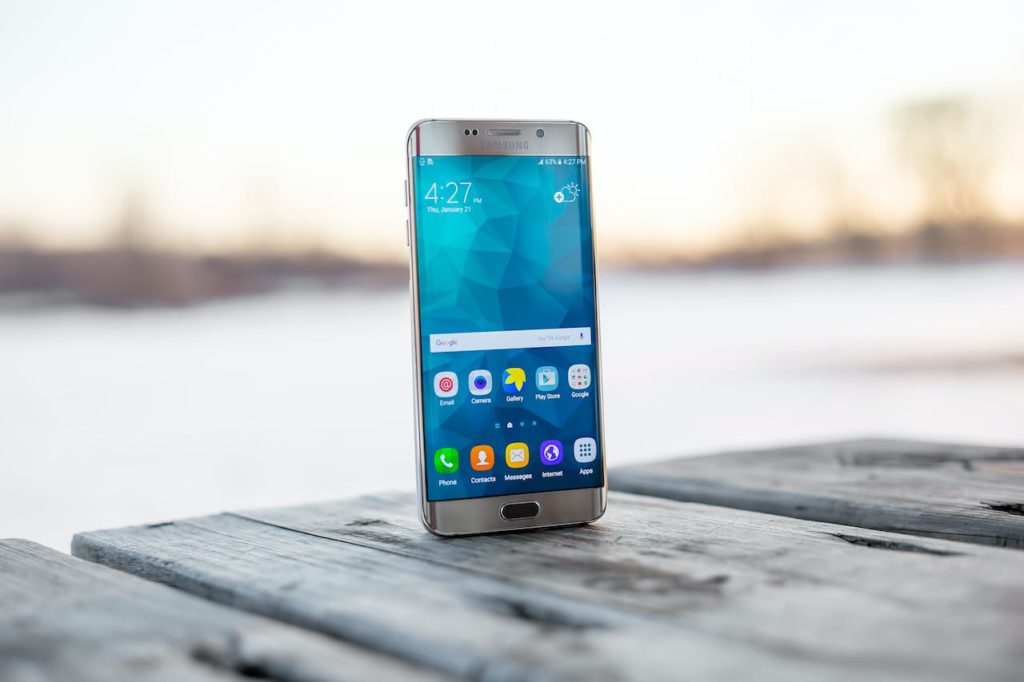
Marketing and Advertising Costs
Both Apple and Samsung are behemoths in the marketing arena, each deploying substantial resources toward advertising and promotional activities. These efforts are crucial in maintaining brand visibility and appeal. High-profile advertising campaigns, glitzy product launches, and celebrity endorsements are some of the tactics these companies employ to capture consumer interest. These marketing endeavors are not just about informing potential customers but also about reinforcing the brand’s identity and desirability.
While both companies allocate considerable budgets to marketing, the per-unit cost of these expenses tends to be higher for Apple. Given its more focused range of premium-priced products, Apple’s marketing costs are spread across fewer units, which could result in a higher cost per device. In contrast, Samsung’s extensive product line means that their marketing expenses are distributed over a larger volume of units, potentially lowering the marketing cost for each individual smartphone. This difference in marketing strategy and its subsequent impact on unit pricing is another facet that contributes to the pricing dynamics between these two industry leaders.
Conclusion
In summary, the difference between iPhone and Samsung pricing lies within their brand positioning, pricing strategies, perceived value, cost of components, and manufacturing process. Apple’s positioning as a premium brand offering a cohesive, luxury experience justifies its high pricing. Simultaneously, Samsung’s flexible pricing strategy aligns with its broad product range and varied consumer base. These elements, in their entirety, provide a comprehensive understanding of why iPhones are more expensive than Samsung smartphones.





